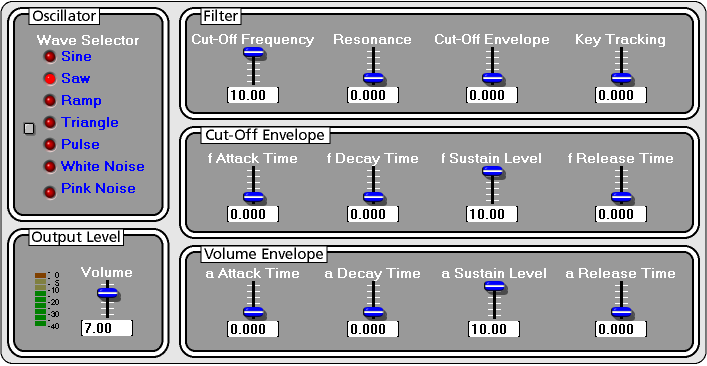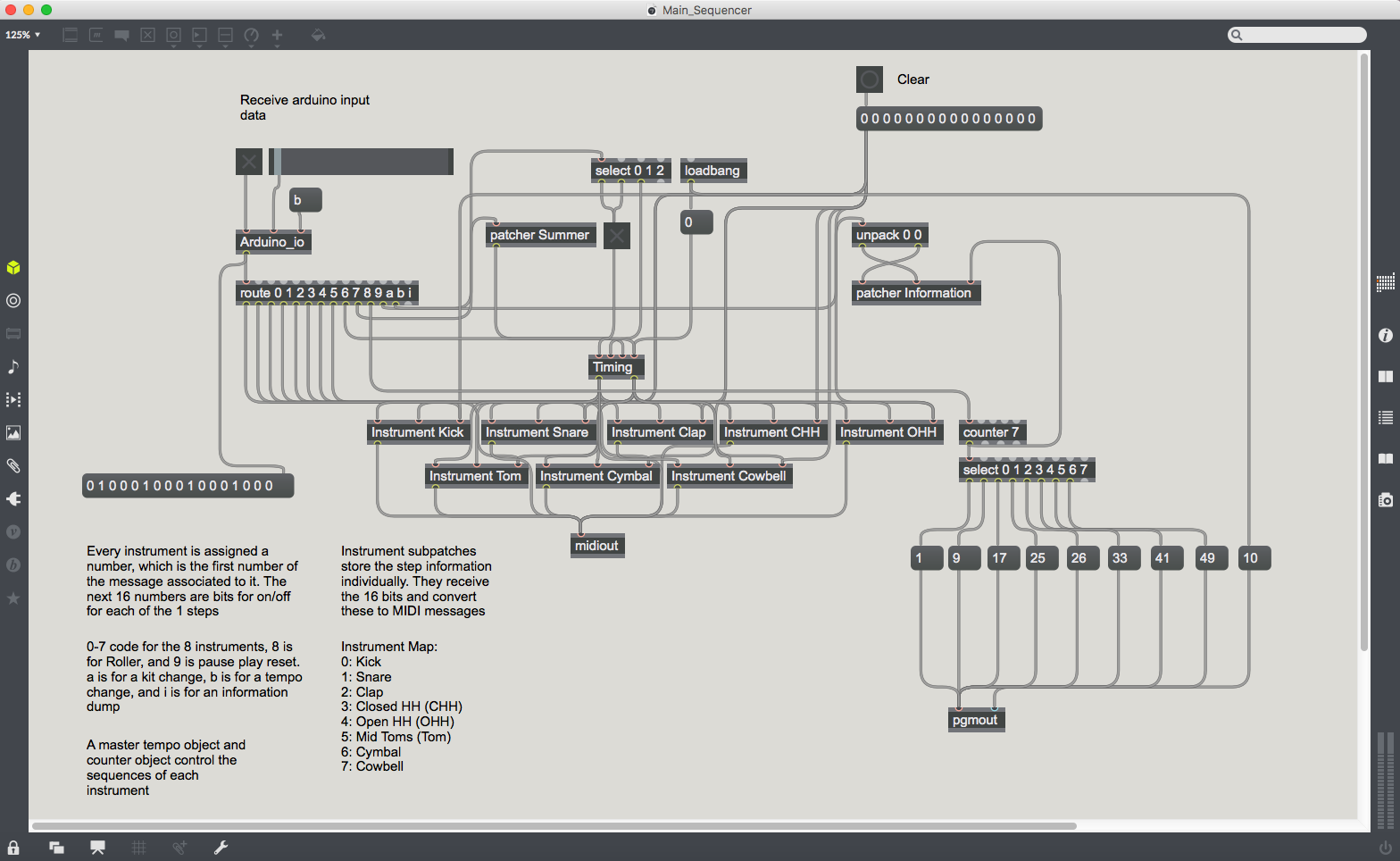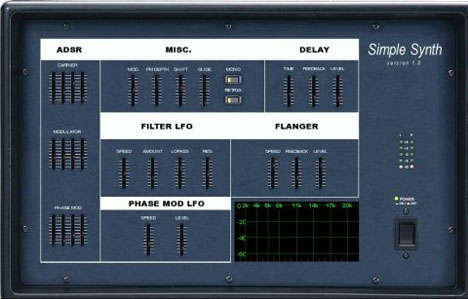

Decayĭecay is the amount of time it takes to move from the Intensity level to the Sustain level. Set it high for a slow attack that works well for pads. Set it low for a fast attack that works well for plucks. AttackĪttack is the amount of time it takes for the Cutoff to reach the Intensity level from when the note starts. The Filter envelope lets you further shape your sound and is great to create more movement and interesting tones. The settings are similar to that of the Amp envelope but instead of controlling the amplitude, it controls the Cutoff of the Filter. The Filter envelope works in relation to the Filter. Set it high if you want the note to continue to ring out, which is good for pads. Set it low if you want the note to go away quickly, which is good for plucks. Release is the amount of time it takes for the amplitude to drop to silence after the note has ended. Set it high for a sustained sound, which is good for pads. Set it low for a sound that doesn’t sustain, which is good for plucks.


Sustain is the amplitude level for when a note is being held out. If the Sustain is all the way up, the Decay will not make a difference. Set it low for a fast plucky sound and high for a slower descent. Decayĭecay is the amount of time it takes to move from the maximum amplitude to the Sustain amplitude. AttackĪttack is the amount of time it takes for the amplitude to reach the maximum level from when the note starts. You can adjust it to create anything from short plucks to long growing pads. It’s a standard ADSR envelope, which stands for Attack, Decay, Sustain, Release. The Amp envelope controls the shape and movement of the amplitude (loudness). This is commonly used to tune two or more oscillators away slightly from each other (+/- 10 cents or less) to create a thicker sound. Detuneĭetune lets you fine-tune the pitch of each oscillator in a range of -100 to +100 cents. For a bass, you might want to drop the pitch down 1 or 2 octaves (-12 and -24) and for a lead, you might want to pitch it up 1 or 2 octaves (+12 and +24). For this, you should stick to 0, -12, -24, +12, and +24 semitones. This means it will play the same note but in a higher or lower register. Most of the time, you only want to change to a different octave. Pitch adjusts the pitch of each oscillator in a range of -24 to +24 semitones. Turn the volume all the way down if you want to disable an oscillator. Volume lets you control the loudness of the individual oscillators. The Triangle-wave has some harmonics, the Square-wave has even more, and the Saw-wave has the most harmonics which results in a bright and rich sound. The Sine-wave has no harmonics and is the simplest and softest waveform. The harmonics of a sound is what gives it its tone and character. The difference between them is the harmonics. The waveforms you can choose from are Saw, Square, Sine, and Triangle. WaveformsĪ waveform is a raw audio signal. These can be combined in various ways to create different types of sounds.

There are 4 oscillators that each produce a waveform at a certain pitch.


 0 kommentar(er)
0 kommentar(er)
